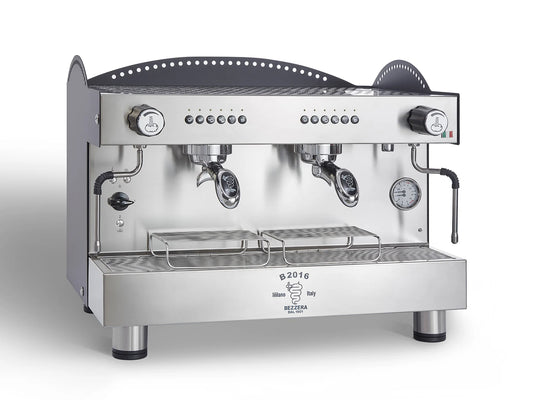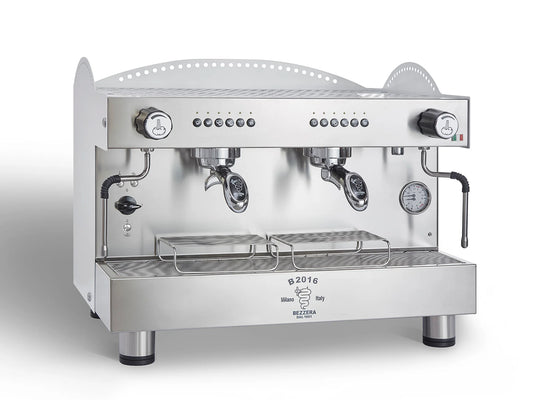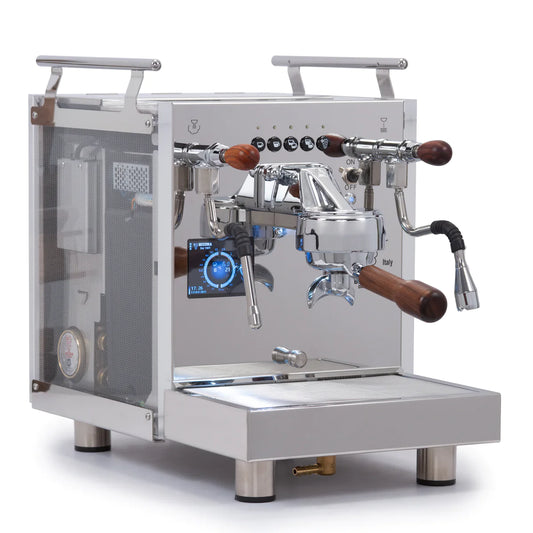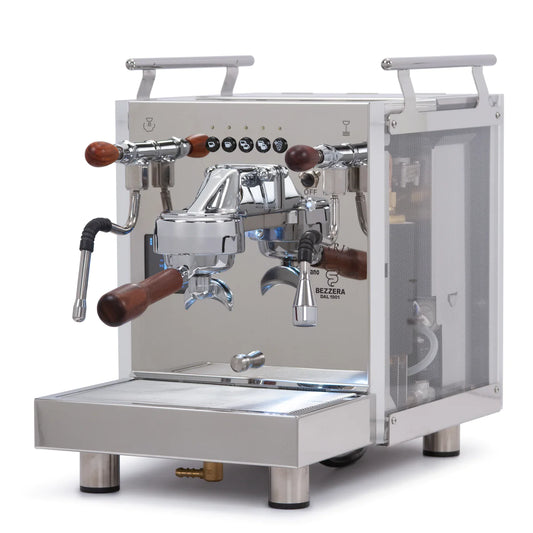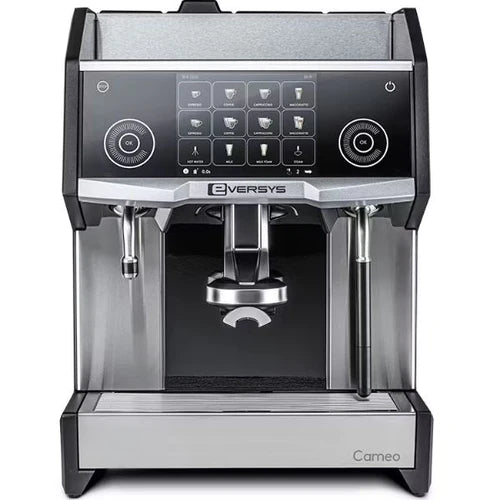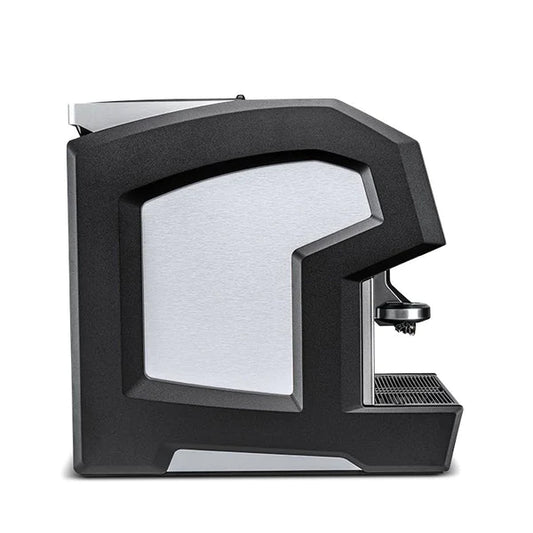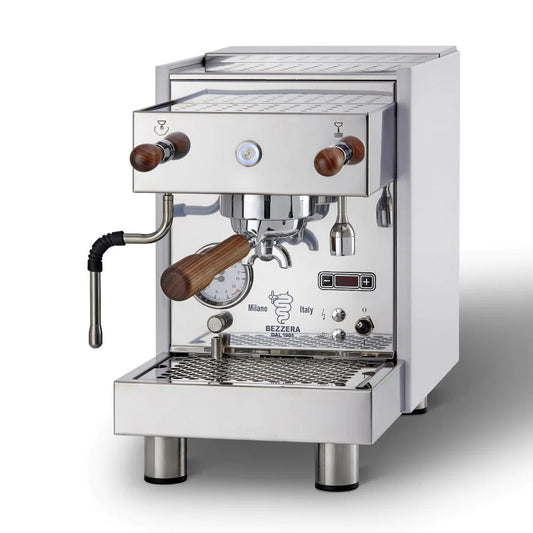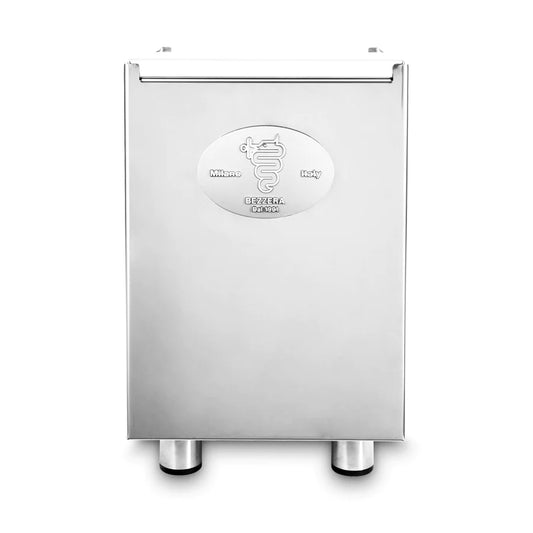Brewing Innovation: The Unique Fusion of Coffee Makers and Computing
Table of Contents
- Key Highlights:
- Introduction
- The Birth of Coffeematic PC
- How Coffeematic PC Operates
- The Legacy of Coffee Maker Computers
- The Art Exhibition: Sparklines
- The Future of Coffee Maker Computers
Key Highlights:
- The Coffeematic PC, a retro coffee maker transformed into a gaming computer, showcases a unique blend of technology and creativity.
- This innovative project draws inspiration from a 22-year lineage of coffee maker computers, highlighting a gap in creativity and the potential for new ideas.
- The Coffeematic PC utilizes brewed coffee as a cooling system, merging functionality with artistry in a way that challenges traditional computer designs.
Introduction
The crossroads of artistry and technology often yield fascinating innovations, and the Coffeematic PC stands as a prime example of this synergy. Crafted from a vintage General Electric coffee maker, this unusual gaming computer redefines how we perceive both kitchen appliances and computing devices. By integrating a coffee maker with computer components, the Coffeematic PC does more than just brew coffee; it serves as a functional example of how creativity can transform everyday objects into extraordinary machines.
This article delves into the intricate details of the Coffeematic PC's construction, its operational mechanics, and the broader context of coffee maker computers, tracing their evolution over the last two decades. The journey of the Coffeematic PC not only highlights technological ingenuity but also pays tribute to the creative spirit that fuels such inventive projects.
The Birth of Coffeematic PC
The genesis of the Coffeematic PC took place in the winter of 2024 when its creator, Doug MacDowell, embarked on a quest to find the perfect chassis for a retro gaming computer. After rummaging through various thrift stores, he stumbled upon the Coffeematic, a vintage coffee maker from the 1980s, which would soon be repurposed into a remarkable machine.
MacDowell's vision was clear: to create a computer that not only functioned effectively but also retained the charm and nostalgia associated with retro appliances. The build process was meticulous, involving a combination of discarded electronic parts and new hardware. This unique approach not only made the project cost-effective but also environmentally conscious, as it repurposed items that might have otherwise ended up in a landfill.
The Construction Process
The construction of the Coffeematic PC was an intricate process that spanned about a month. MacDowell, with assistance from his fiancée, carefully designed and assembled the system. The components used in the build included:
- A General Electric Coffeematic Coffee Maker
- An ASUS M2NPV-VM motherboard
- An AMD Athlon II X4 640 3 GHz quad-core processor
- 1GB of DDR2 RAM
- A 240GB solid-state drive
- An HIS Radeon HD 4670 graphics card
Each component was selected for its compatibility with the overall design and functionality of the coffee maker computer. The project also required some repairs to the coffee maker, specifically replacing a cracked vinyl tube to ensure it could brew coffee effectively.
The blend of technology from different eras—1970s appliance design, early 2000s computer hardware, and contemporary components—allowed the Coffeematic PC to traverse time while showcasing how these disparate elements can harmoniously coexist.
How Coffeematic PC Operates
At the heart of the Coffeematic PC's design is its dual functionality. It operates as both a gaming computer and a coffee maker, utilizing brewed coffee as a cooling mechanism. Typically, computers rely on fans or liquid cooling systems to dissipate heat generated by the CPU. However, the Coffeematic PC employs a unique approach by circulating hot coffee through its cooling system.
The operational process begins with brewing coffee, which is heated to approximately 90°C (194°F). A pump circulates this hot coffee through two radiators positioned atop the machine, effectively cooling the CPU while simultaneously keeping the coffee warm. The heated coffee flows through the CPU and returns to the coffee maker's carafe, creating a continuous loop that marries the functionalities of computing and coffee brewing.
Performance Metrics and Monitoring
To understand the performance of Coffeematic PC, MacDowell monitored the system's temperature during operation. By writing command line code that gathered data every five seconds over a 75-minute period, he was able to generate a graph that illustrated the temperature dynamics within the machine. Remarkably, despite the high temperatures of the circulating coffee, the system maintained a stable operation without crashing. The equilibrium achieved was a warm 33°C (91°F), closely mirroring the average human body temperature.
This innovative cooling method not only serves a practical purpose but also invites curiosity about the relationship between heat and functionality in computing. The Coffeematic PC challenges conventional wisdom, demonstrating that with creativity, even the most mundane appliances can be transformed into cutting-edge technology.
The Legacy of Coffee Maker Computers
The concept of combining coffee makers with computing devices is not entirely new. The lineage of coffee maker computers spans over 22 years, beginning with the first known build, "The Caffeine Machine," created by Nick Pelis in 2002. This unusual project marked the inception of a niche genre that would experience a curious 15-year hiatus before seeing a resurgence.
In 2018, Ali “THE CRE8OR” Abbas collaborated with Zotac to produce the "Zotac Mekspresso," a coffee maker computer that featured modern gaming hardware while retaining the functionality of a coffee maker. This resurgence in creativity paved the way for MacDowell's Coffeematic PC, which stands apart by utilizing hot coffee as a cooling solution.
A Brief History of Coffee Maker Computers
- The Caffeine Machine (2002): The first coffee maker computer, which set the stage for future builds.
- Zotac Mekspresso (2018): A modern collaboration that revived interest in coffee maker computers, showcasing how technology and daily life can intersect.
- Coffeematic PC (2024): The latest iteration that redefines the concept by integrating a functional cooling system using brewed coffee.
This lineage not only highlights the creativity inherent in these projects but also underscores the potential for continued innovation in the realm of computer engineering. Each build adds a layer to the narrative, inspiring future creators to explore uncharted territories where art, technology, and functionality converge.
The Art Exhibition: Sparklines
The journey of the Coffeematic PC extends beyond the realm of technology into the world of art. MacDowell has created an exhibition titled "Sparklines," featuring hand-drafted data visualizations that accompany the Coffeematic PC. This exhibition serves as an homage to the intricate data collected during the machine's operation, transforming technical metrics into compelling visual narratives.
The integration of art and technology is a testament to the multifaceted nature of innovation. By showcasing the data through artistic representations, MacDowell invites viewers to engage with the underlying mechanics of the Coffeematic PC in a way that is both informative and aesthetically pleasing.
The Impact of Sparklines
The "Sparklines" exhibition emphasizes the importance of data visualization in understanding complex systems. By presenting technical information in an artistic format, MacDowell bridges the gap between science and art, encouraging audiences to appreciate the beauty of technology in everyday objects. This approach not only enhances the viewer's experience but also fosters a deeper understanding of the interplay between data, technology, and creativity.
The Future of Coffee Maker Computers
The Coffeematic PC represents a significant milestone in the evolution of coffee maker computers, but it also raises questions about the future of such innovations. As technology continues to advance, the potential for new creations that merge functionality with artistry expands significantly. Future builders may explore different cooling methods, additional functionalities, and even aesthetic designs that push the boundaries of what is possible.
The success of the Coffeematic PC could inspire a new wave of creators to embark on their own projects, utilizing discarded appliances and outdated technology to craft unique machines that tell a story of innovation and creativity. The lineage of coffee maker computers has laid the groundwork for future explorations, and as we look ahead, the possibilities are limitless.
FAQ
What inspired the creation of Coffeematic PC?
Doug MacDowell was inspired by the challenge of combining a vintage coffee maker with modern computing technology, aiming to create a functional and artistic piece that reflects both nostalgia and innovation.
How does the Coffeematic PC use coffee for cooling?
Coffeematic PC circulates hot brewed coffee through radiators that cool the CPU, effectively utilizing the coffee's heat in a way that maintains optimal operating temperatures for the computer.
What is the significance of the Sparklines exhibition?
The Sparklines exhibition illustrates the data collected from the Coffeematic PC's operation through artistic visualizations, showcasing the intersection of art and technology and enhancing the understanding of complex systems.
Are there other coffee maker computers?
Yes, the concept of coffee maker computers has existed since 2002, with notable builds like "The Caffeine Machine" and the "Zotac Mekspresso." Each build adds to the legacy of creative innovation in this niche.
What are the future possibilities for coffee maker computers?
The continued evolution of technology opens up possibilities for new coffee maker computers that utilize different cooling methods, advanced functionalities, and innovative designs, inspiring future creators to explore the intersection of art and technology.

